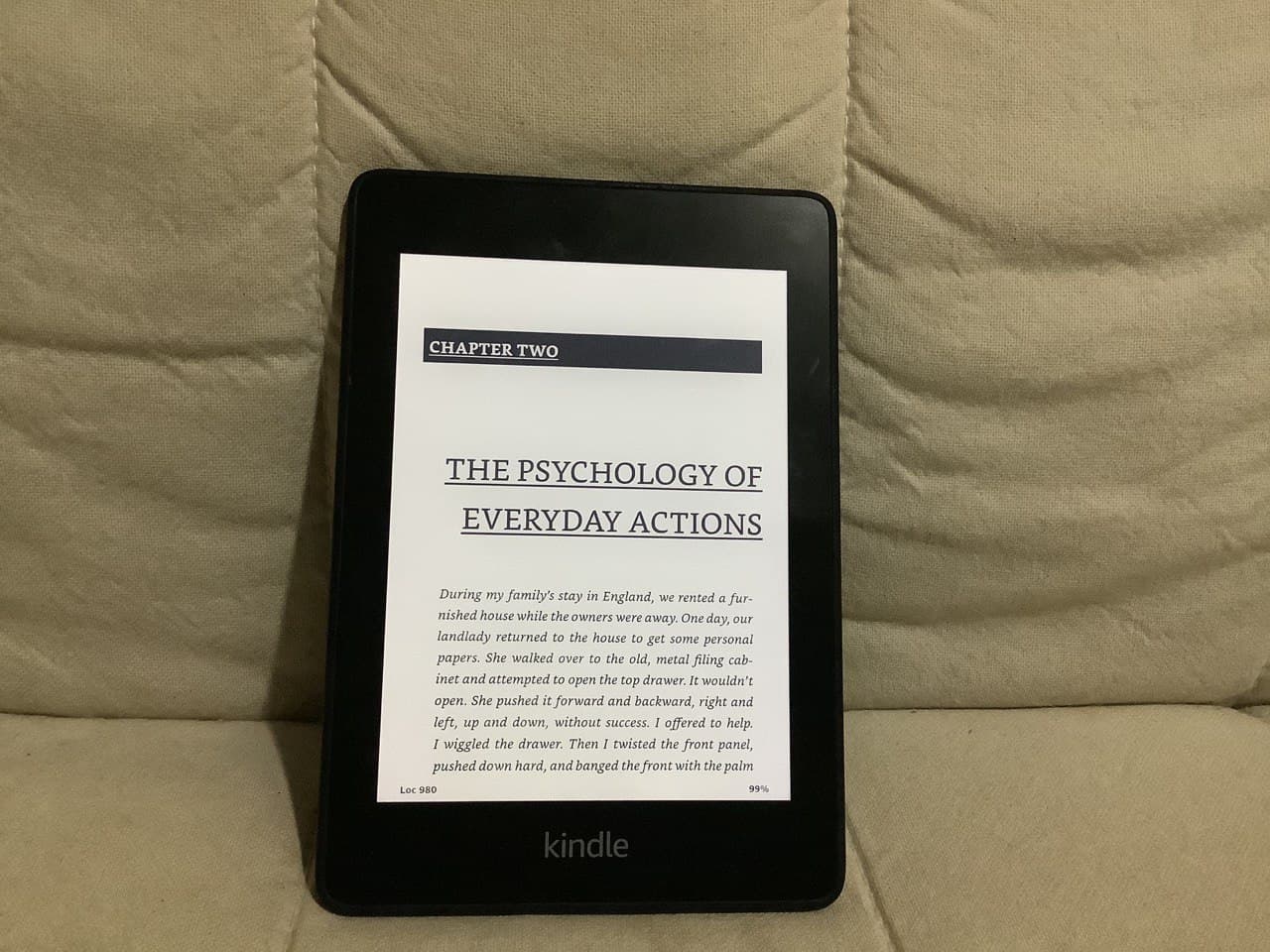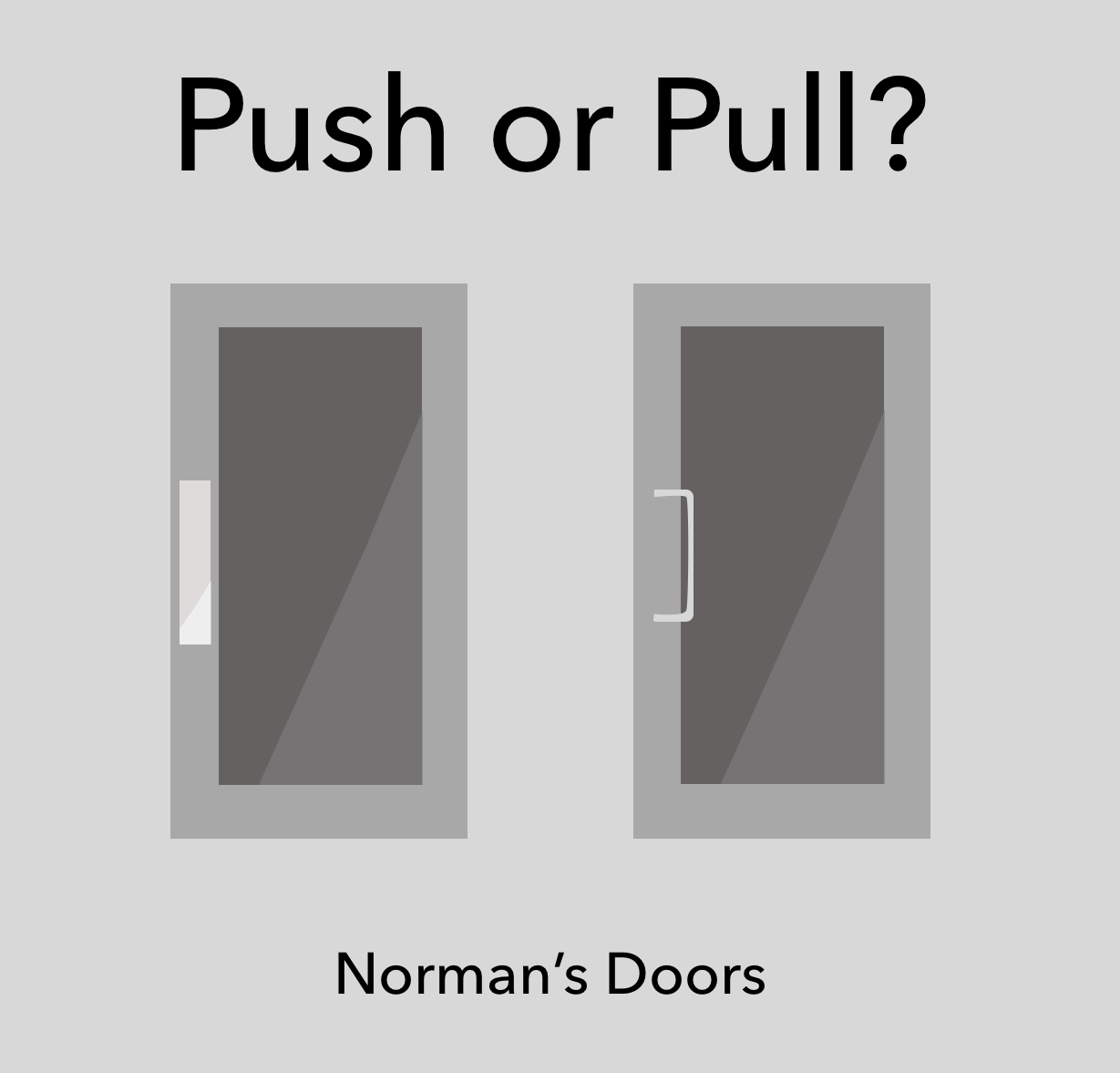Book Review:
The Design of Everyday Things
By Don Norman

My reading companion, Kindle Paperwhite
Personal Review
This book is no ordinary non-fictional book that I usually read casually. The content itself invites readers like myself to pause occasionally to really contemplate and a lot of thinking about each time. I have always intruged with the coginitive psychological aspects of the human brain and how it interacts with the surroundings. But this book relates to simple objects that we see and interact on a daily basis that we don't normally even put an ounce of thought to them. It really opens up my eyes and view things around me differently and many times I found myself agreeing with the author a lot. One takeway from this book is that function should supersede features and usability is more important than aesthetics.
Summary

- Human-Centred Design (HCD) process: all about observing to understand the problem, ideating solutions, rapid prototyping and testing. You should test with small groups at first so that you have lots of opportunities to refine and iterate.
- Design is all about focusing on people’s needs and abilities. You may think you know what those are by the virtue of being a human, but you don’t, as most human actions are unconscious. Therefore, to be a good designer, you need to learn some psychology.
- The key skills for a designer are to understand design principles, business, technology, marketing and communication.
- Good design is actually a lot harder to notice than poor design, in part because good designs fit our needs so well that the design is invisible, serving us without drawing attention to itself. Bad design, on the other hand, screams out its inadequacies, making itself very noticeable.